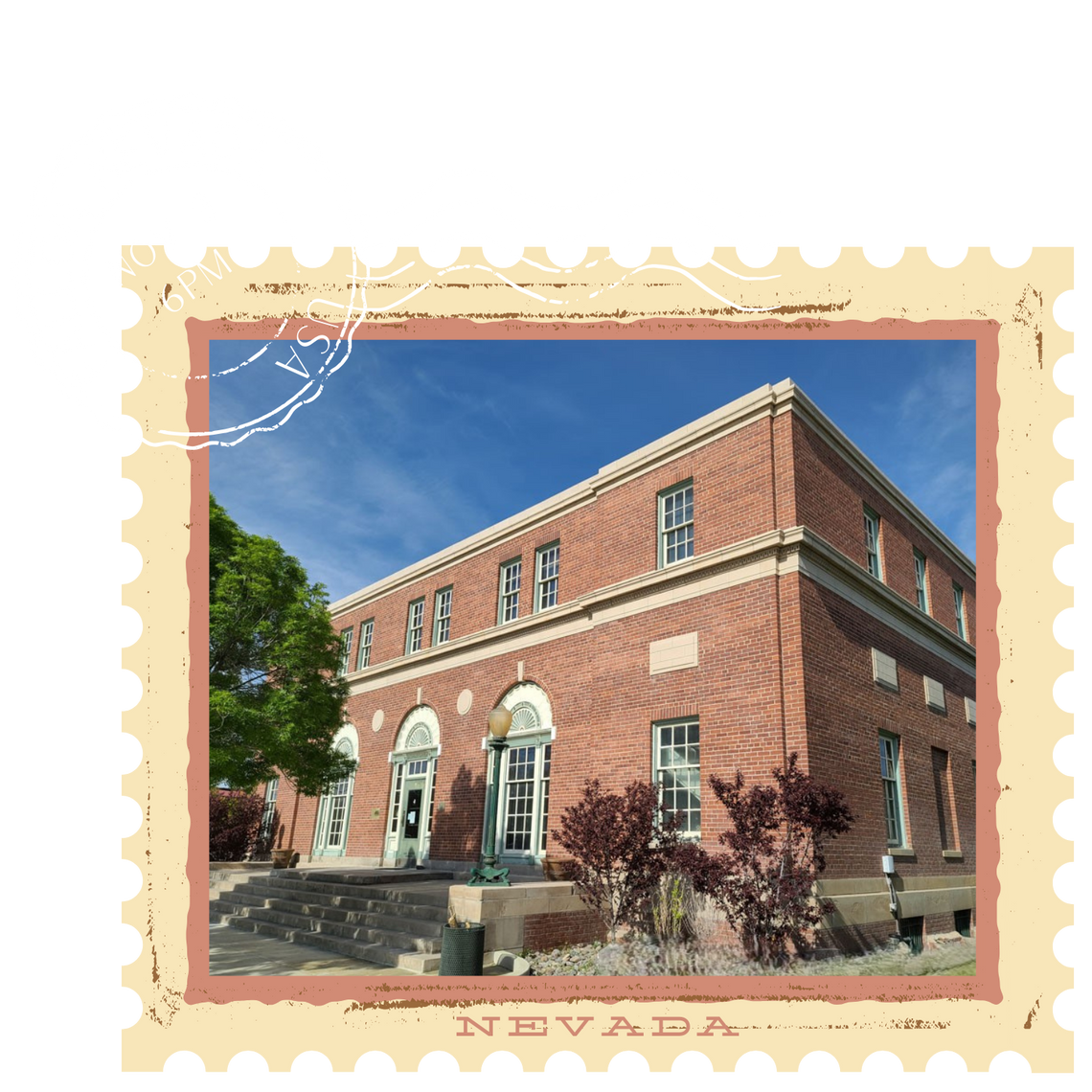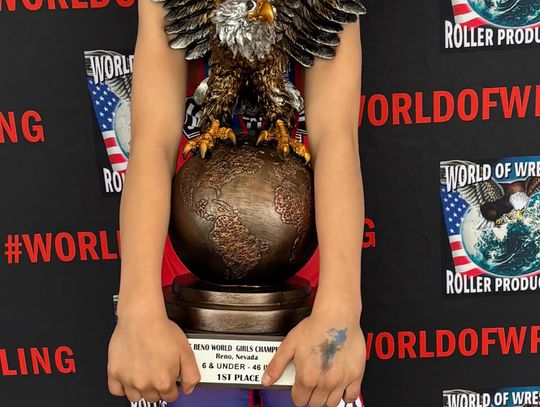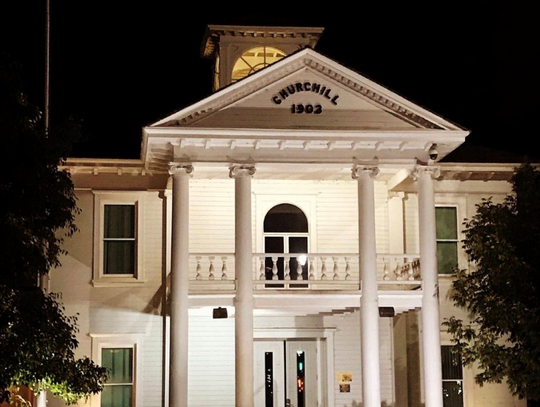In last week’s Postcards column, I described how national trends which defined the Roaring Twenties were expressed in our small Nevada community, particularly in the year 1925, one hundred years ago. I wrote then that the Roaring Twenties, on a grand national scale, did, indeed, roar. Cars roared. Radios roared. Women roared. Political Discussion Roared. Prohibition ruled. I left the women and the politics to this issue, so here goes.
In general, the Roaring Twenties empowered women—to vote, to drive automobiles, to wear flagrant dresses with short skirts and feathers, to frequent bars, to run for office, and, most important of all, to voice opinions different from their father’s or their husband’s. These freedoms were the fruits of hard-fought and hard-won battles. I am intrigued by the fact that in early 1925, two female governors were inaugurated, Nellie Ross in Wyoming and Miriam “Ma” Ferguson in Texas. Ferguson appointed 12 female justices to the Texas Supreme Court!
And, locally, in Churchill County, we sent Mary Daisy Allen to the Nevada State Assembly. Allen was born March 31, 1873, to Lemuel L. Allen and Sarah Ann Peugh Allen, who had settled in Churchill County in 1872, quickly acquiring ranches and thoroughbred horses. According to an online biography published by the Nevada Women’s History Project, a young Mary Daisy, usually called Daisy, challenged conventional female roles by at least once entering a California horse race (then restricted to males), “dressed in jockey attire and racing with her hair tucked up in a cap.” As she grew older, she exercised her independent spirit by entering the business world as a census worker in 1900, by successfully suing her first husband, Ed Williams (whom she had married in 1906), for divorce, and by operating the Allen Hotel following her divorce. In 1924, she ran for the Nevada Assembly representing Churchill County and took office in 1925. The “Fallon Standard” noted that she was “known for her executive ability.” Both her executive aptitude and her political ambition most likely came naturally, as her father, Lemuel, had been a successful prosecuting attorney and had won a seat in the Nevada State Assembly in 1872. In 1903, he was elected to the office of Lieutenant Governor, serving under Governor John Sparks.
Daisy declined not to run for a second Assembly term, deciding instead to return to her business interests in Fallon. In 1929, she married mining engineer James White, but he was killed in an automobile accident nine months after the marriage. She died in Fallon in 1958.
I turned to the local ads placed in the “Standard “by the Gray, Reid & Co. department store (situated at the southeast corner of Maine and Center in Fallon) during January and February 1925 in order to speculate about how Daisy might have dressed for her legislative role. The ads featured very modern, very stylish--one might even say very “Roaring Twenties” --looks. The sketches are professional and beautiful. A short, above-the- knee plaid pleated skirt cost $5.75 on sale. “New silk dresses,” were shown with dropped waists, hemmed slightly below the knee, some embellished with lavish embroidery or ribbons, some with deep V necks and flounced hems. They cost from $13.45 to $22.50. To complete the look, Daisy could have purchased, right here in Fallon, a velvet and silk cloche hat with buttons and bows, silk stockings, a taffeta slip or silk chemise, and slim pumps. As surprising as it may sound, I believe that Daisy, with her money and background, might have entered the halls of the Nevada State Capitol looking like she stepped from “The Great Gatsby” (published in 1925).
Before I leave the topic of women and politics, I want to share a news item that caught my attention. On the national scene, immigration policy was tearing the nation apart, in similar ways as it is today. In 1924, Congress passed the National Origins Act, setting quotas on European immigration and forbidding all Oriental immigration. “The law, reflecting racist warnings about a threat to the ‘Anglo-Saxon’ stock, aimed at freezing the country ethnically (Leuchtenburg, William E., The Perils of Prosperity, p. 208). Interesting in retrospect, there were no quotas or restrictions placed on immigration from Mexico, Central America or South America. The Churchill County High School debate team took up the question of whether Japan should be assigned the same quotas as Europe. Miss Mary Catherine Morris and Melville Hancock of Fallon debated Miss Ruth Streeter and Alger Jacobs of Elko. Fallon drew the negative side, arguing against Japanese immigration, and Elko’s team debated in favor. I did not find out who won.
Please send ideas or material for Postcards to [email protected].









Comment
Comments